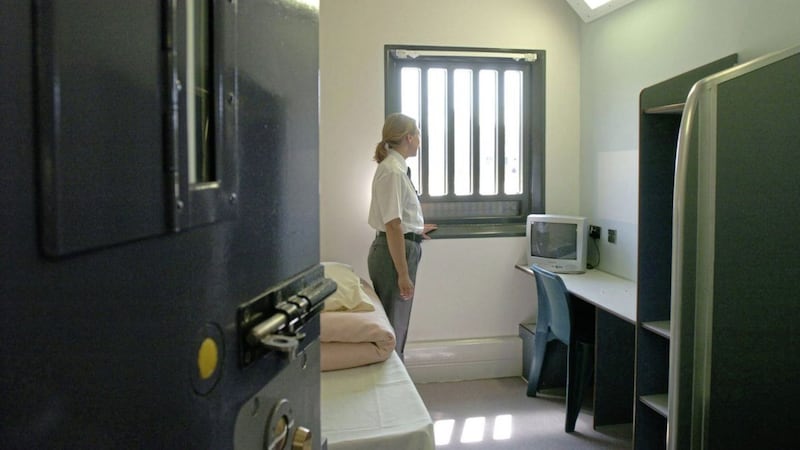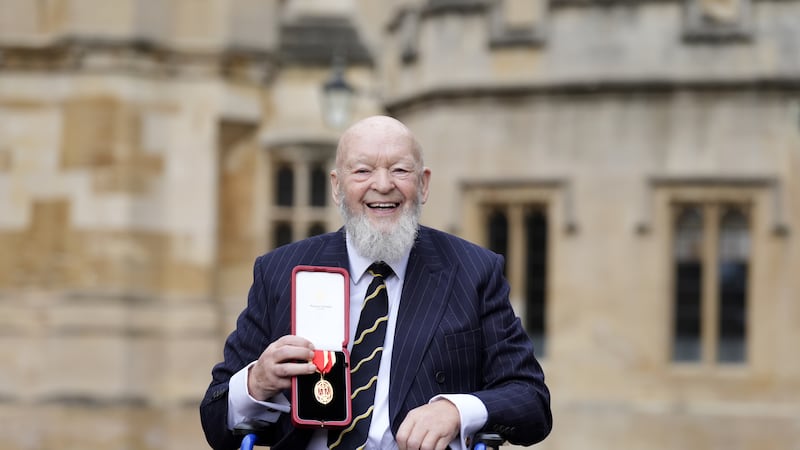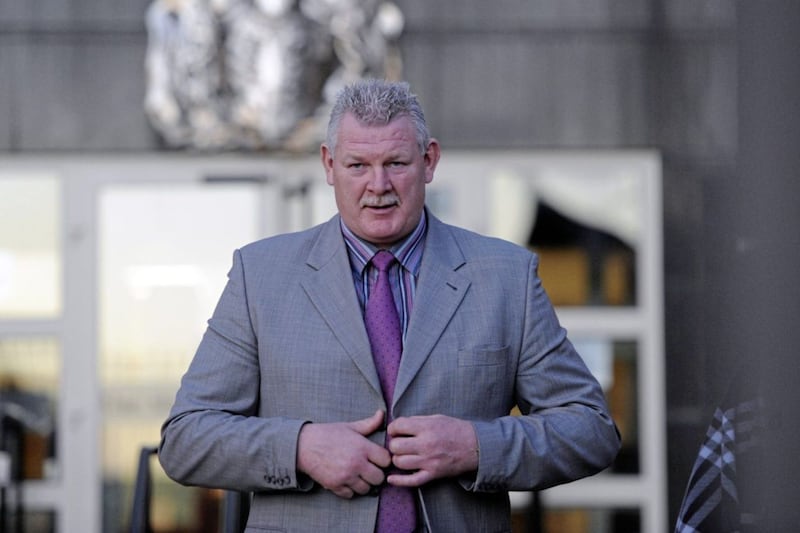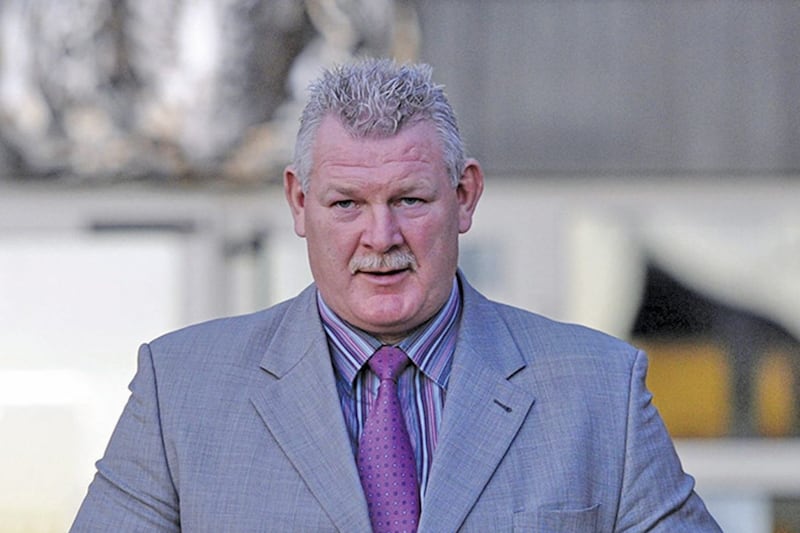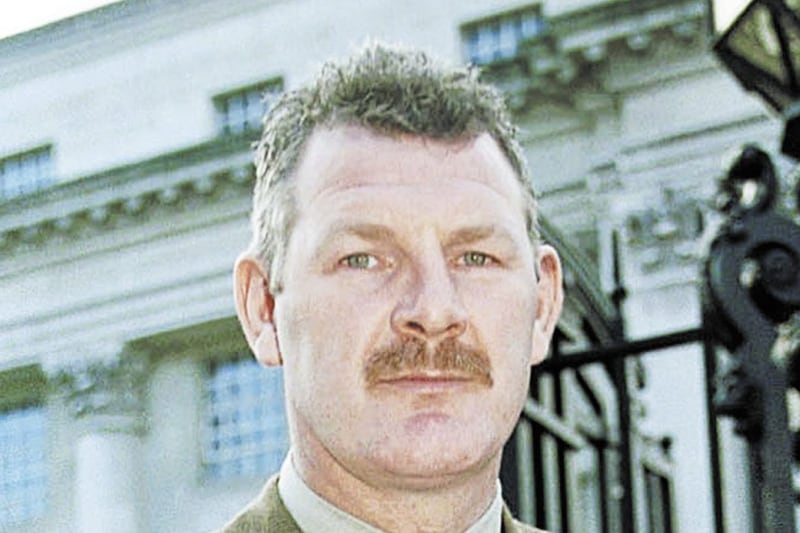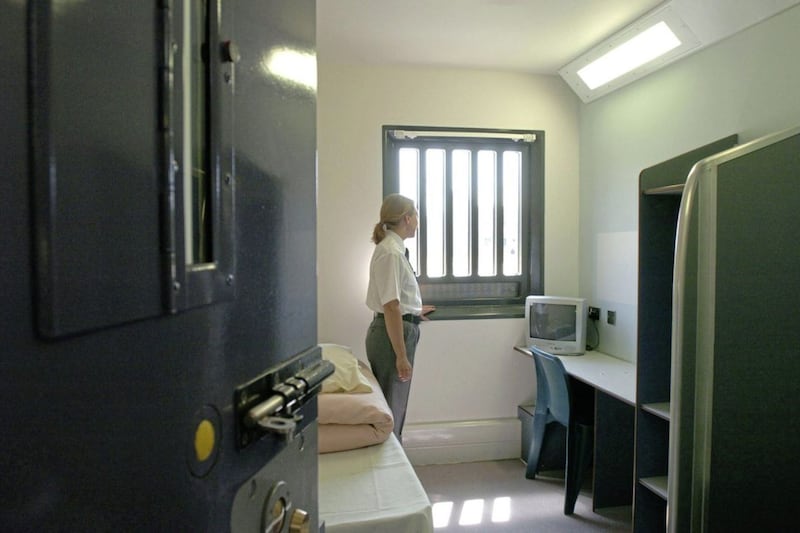SHE has treated all kinds of dangerous criminals, from drug dealers to psychopaths, and witnessed more horrific injuries than you'd see in an average slasher movie.
Dr Amanda Brown knows first hand the damage that can be inflicted when prisoners improvise deadly weapons out of razor blades, or even snooker balls.
In Bronzefield Women's Prison near London, Europe's largest women-only prison, Brown has encountered infamous murderers – including serial killer Joanna Dennehy, while Rosemary West also spent time there.
It's difficult to understand why this amiable GP, who quit her quiet suburban practice over changes in GPs' pay structure and performance bonuses, opted for a world of high-security gates, clanging doors, metal stairwells and dangerous patients.
When Brown was nearly 50, she took a leap of faith after a doctor who was recruiting GPs to work in prisons in the south east of England contacted her. That was 15 years ago. After initially spending time at a young offenders' institution, she went to the notorious Wormwood Scrubs and finally Bronzefield.
Now 64, Brown has charted her experiences in her first book, The Prison Doctor, which features not only startling anecdotes but also the more rewarding aspects of her job, the prisoners who sent her letters of thanks, the ones for whom there remains hope.
"I feel alive when I'm at work," she says. "Being with these fascinating people is invigorating and makes me feel young. It's a privilege to be accepted by them and to try to be on their side. It gives me a sense of feeling worthwhile."
Brown says she has never really felt scared, despite being in an environment which is often pretty intimidating.
Initially, she was told not to wear any expensive jewellery or skirts (which was considered provocative), not to take phones into the prison, or chewing gum, which could potentially be used by prisoners to take impressions of an officer's keys.
In Wormwood Scrubs she was duty doctor, on call for emergencies, usually accompanied by a nurse, but often she would see prisoners on their own, particularly when screening new arrivals.
"I was told that I should always leave my door open and sit between the door and the prisoner because if it was the other way round, the prisoner could just shut the door and take me hostage."
She says that, for her, the most horrific experiences have been attempted suicides. "The most disturbing was a lad who slit his throat in Wormwood Scrubs. That was horrendous to see and the most dramatic and unpleasant thing."
The incident prompted a 'Code Blue', an emergency call prompting nurses, prison officers and doctors to race to the cell in question. Brown arrived to a bloodbath.
"I can still remember every bit of it – the Code Blue being called, we're all running along the corridors and you go into this tiny room and there's this beautiful young man with his throat slit and blood everywhere. You don't forget that sort of thing."
Another doctor was already there trying to stop the haemorrhaging as he pressed both hands over the gaping wound, while Brown crouched opposite to help apply enough pressure to stop the bleeding.
It turned out the prisoner was a foreign national on remand for burglary, and had only been at 'the Scrubs' for a few days. Some time later, Brown was making her way to the healthcare wing when she heard someone shuffling behind her – there, with a huge gash across his neck held together with staples, was the prisoner she'd helped. He mouthed 'Thank you' to her.
"I could never forget the fact that he survived and that he thanked me for helping him – that was magical."
Brown writes about how drug packages are chucked over the prison walls into the grounds, and drugs and phones are smuggled in on visits. One prisoner would sew drugs into the hem of her skirt, another was caught with three phones and a number of bags of cocaine inside her body.
Spice, among the most problematic drugs in prisons, would be sprayed on to letters addressed to prisoners. The paper would later be cut into small pieces and smoked.
After seven years at the Scrubs, Brown moved to Bronzefield in 2016, where she works today. She was warned that women prisoners were more difficult to deal with than males, but says that isn't true. "Some officers wouldn't work in a female prison because they feel the prisoners might be more manipulative, more demanding and historically they self-harm more than men. But I love working with the women."
Brown agrees she has a different way of working with female prisoners, though.
"The most overpowering thing to me is how many of these poor women have been abused and are victims themselves. The lives some of them have lived that have led them to be in prison are so shocking and so tragic that I feel for them, and I do find their stories fascinating and I want to try to be somebody who's on their side."
Many reoffend and are in and out of prison. Homelessness is part of the problem, drugs another. "Such a high percentage of them are homeless, so the cycle continues. The homelessness predisposes to the drug use, which causes the crime. Some of these girls see prison as a respite because they get food and warmth and help with drug problems."
Away from work, Brown is married, with two teenage sons. How does she switch off?
"I never really leave it behind," she says. "But it makes me so incredibly grateful for the life I have – and to be free."
:: The Prison Doctor by Dr Amanda Brown is published by HQ, priced £8.99.
